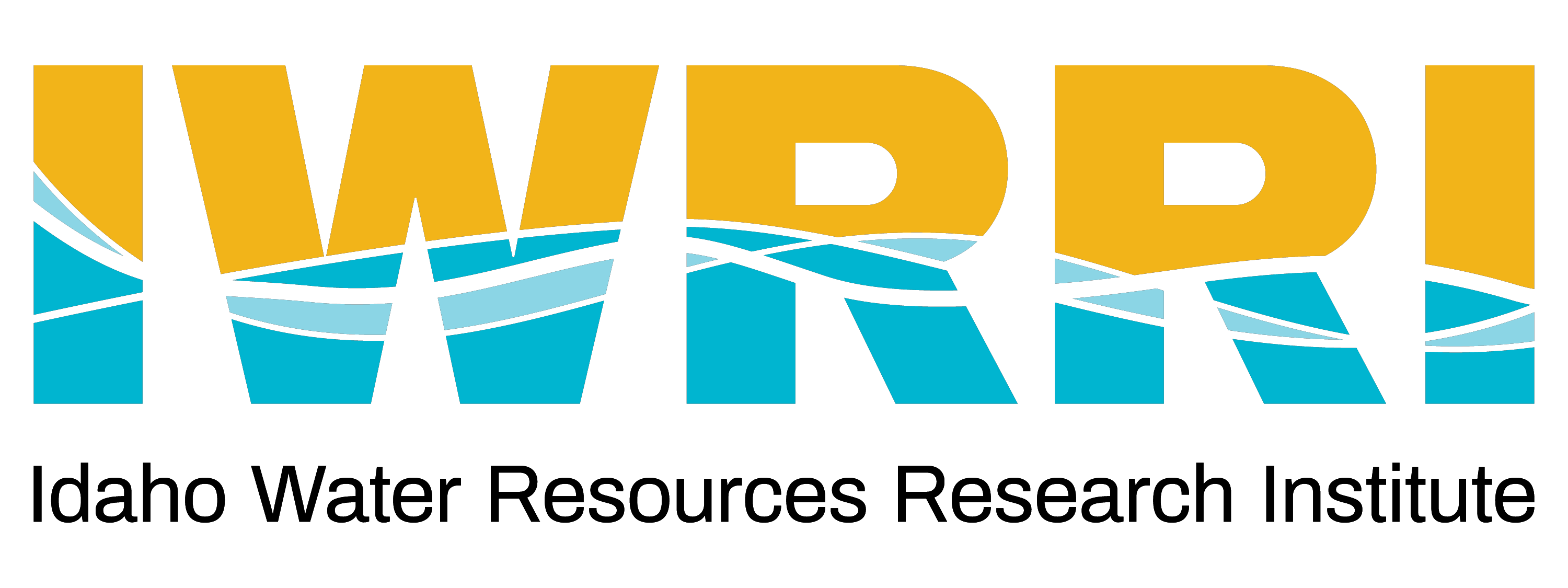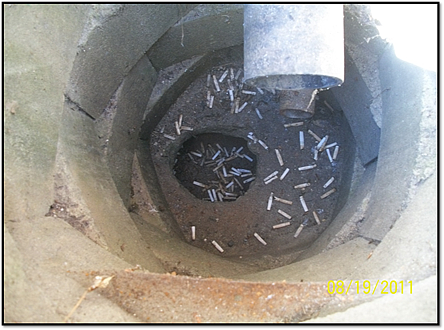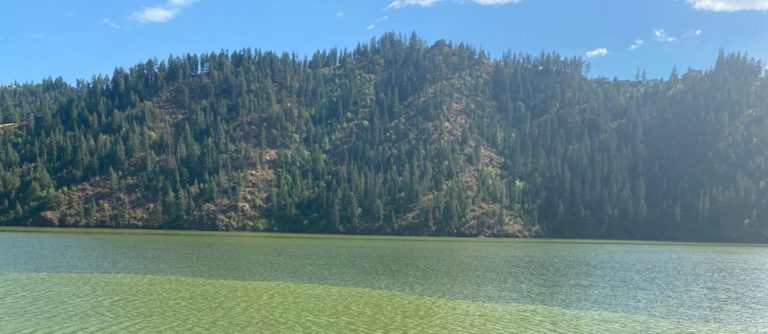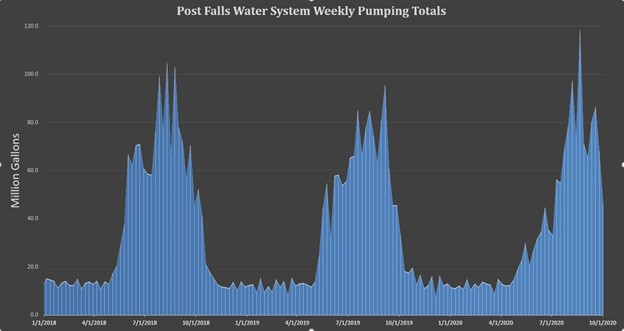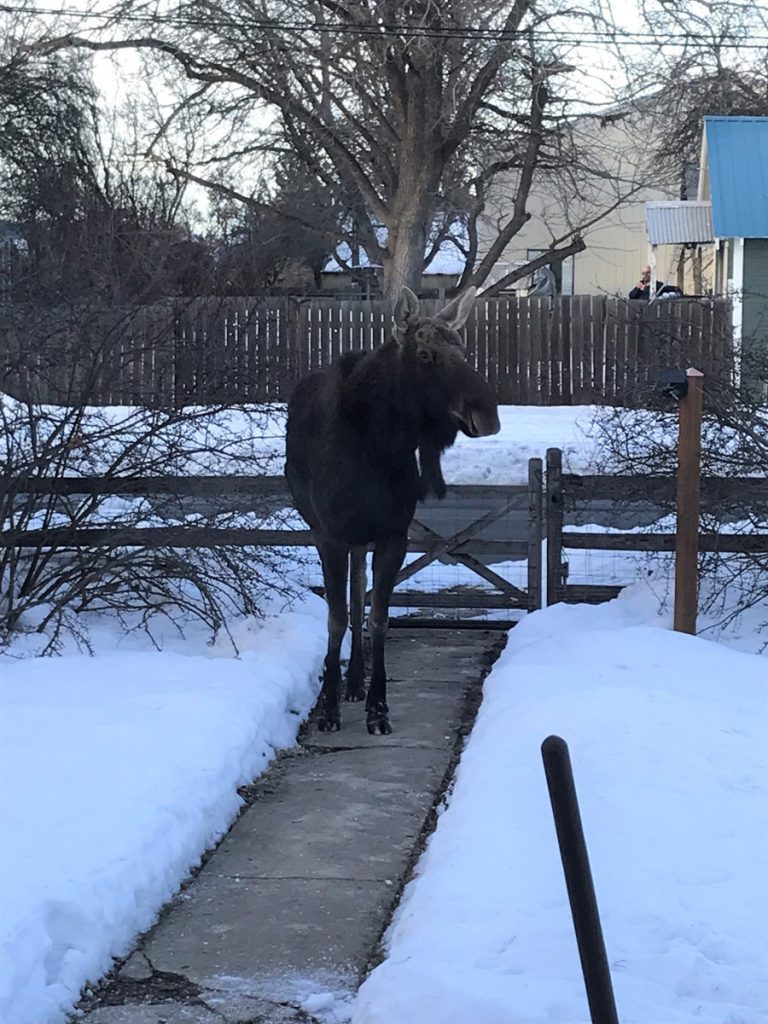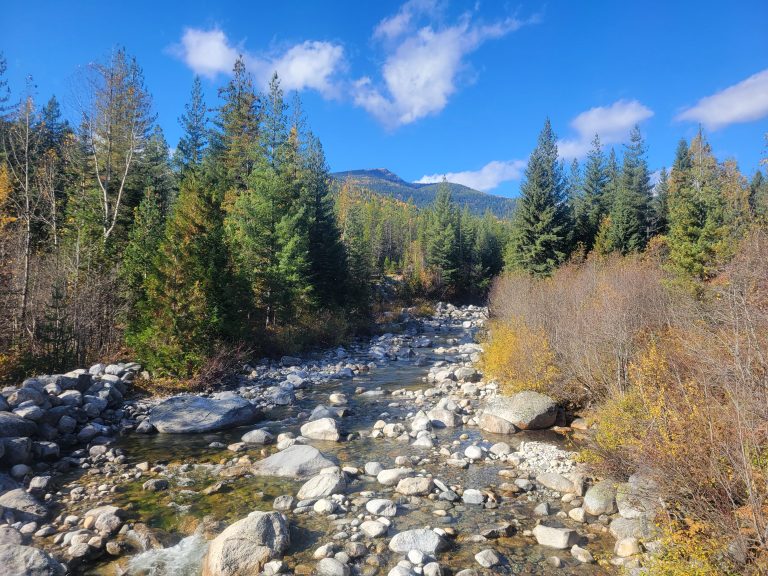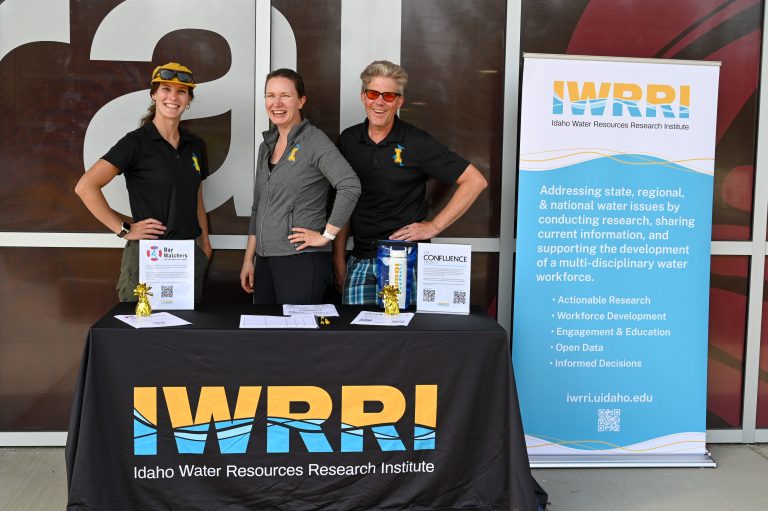For those that drive up and down 7th Street between Midtown and Downtown Coeur d’Alene, you probably noticed some earthwork occurring this summer in G.O. Phippeny Park located at the corner of 7th Street and Montana Avenue. Have you wondered what on earth is going on? Well, first, let’s step back and talk about the park itself.
The park was the site of the original 1910 Coeur d’Alene High School and is named after Geoffrey Otto Phippeny, who was well-known in the community. He was the Coeur d’Alene School District’s superintendent from 1930 until 1958. Prior to that, he was a teacher in the school district as well as a principal and a coach. It seems fitting, then, that this park provides an educational opportunity on tree species. Commemorative plaques throughout the park invite visitors to learn the species of trees they are enjoying (a tree identification guide for the park can also be found here ).
Now, with the addition of this latest project, visitors can see stormwater treatment in action and explore the concept of stormwater pollution. The last of five outfalls to receive improvements through funding from Governor Little’s Leading Idaho Initiative for Coeur d’Alene Lake, this project adds another 26 acres of area to the hundreds of acres the City of Coeur d’Alene has addressed through their Stormwater Outfall Volume Reduction Program. Since 2018, the City has diverted some or all of the flow from eight outfalls that otherwise discharged untreated stormwater to either the Spokane River or Coeur d’Alene Lake. Stormwater runoff from these hundreds of acres picks up all kinds of things we don’t want to see washed into our rivers and lakes – animal waste, yard fertilizers and pesticides, vehicle drips and spills, trash, etc. Anything that hits the ground can end up in stormwater runoff, and where that stormwater flow gets deposited matters.
This project is diverting flow from an underground pipe that collects stormwater runoff from gutters and storm drains and delivers it into a new grassy infiltration area, although the “grassy” part is still in the works as the hydroseeding takes root. To the untrained eye, the infiltration area just looks like a big hole, or depression, in the park. Todd Fusier, the City’s Street and Engineering Department Director, is enthusiastic about the project, though. He says, “With the recent rains, we’ve already seen water go into the swale and dissipating into the ground, so it’s working!” The water, when it dissipates into the ground, gets filtered by the physical process of sinking into the ground. The microorganisms and plants also process pollutants, break them down, or in the case of nutrients like phosphorus and nitrogen, they may take them up and utilize them for growth. This is a much better fate than spilling into Coeur d’Alene Lake.
While the City of Coeur d’Alene is working hard to improve the stormwater treatment available for surface runoff, we can all help improve the water quality running through our neighborhoods and potentially into drainage ways. Stormwater improvements are a big win, but there are still areas that do not receive treatment. We can all help to reduce the pollution burden on our water bodies and in our stormwater treatment systems by minding what we place on the ground, either intentionally or unintentionally. By applying fertilizers and pesticides responsibly, disposing of waste appropriately, maintaining vehicles, picking up pet wastes, and participating in the City’s leaf pickup program, we can make a collective difference for the beautiful natural resources we all enjoy.
